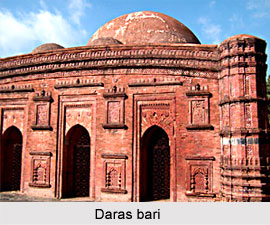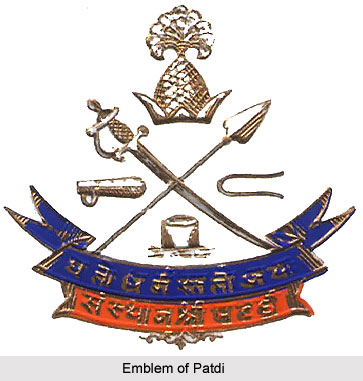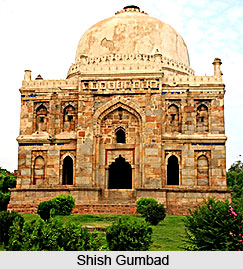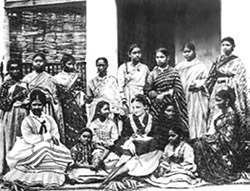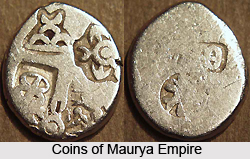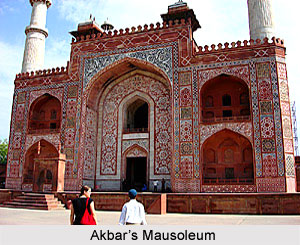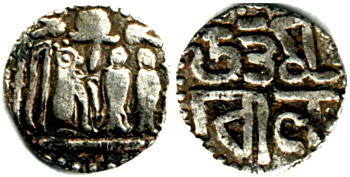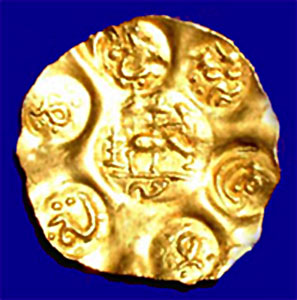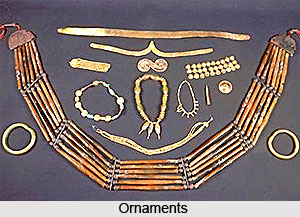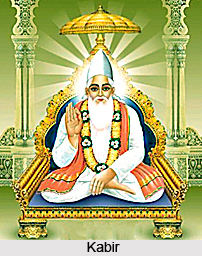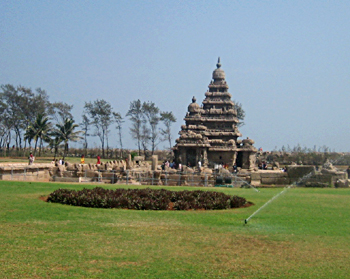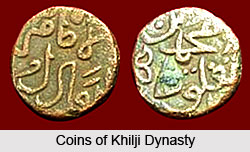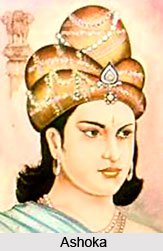Qutb-ud-din Mubarak Shah was the third and the last ruler of Khilji dynasty in India. He was the son and successor of Ala- ud- din Khilji, who belonged to Pashtun of the Ghilzai tribe. Qutb-ud-din Mubarak Shah`s younger brother, who was only six years old became the king and Qutb-ud-din was his regent at the age of eighteen. However, Qutb-ud-din blinded his brother within two months and became the king. He started his reign by releasing thousands of prisoners and forgiving all taxes and penalties imposed by his father Ala- ud- din Khilji. He declared himself Sultan Qutb-ud-din Mubarak Shah on 19th April1316 A.D.
Administration of Qutb-ud-din Mubarak Shah
On the day, Qutb-ud-din Mubarak Shah ascended the throne, all oppressive of Ala-ud-din were revoked, nearly eighteen thousand prisoners were made free and all those who were turned out of capital were allowed to come back. Mubarak Shah paid six months advance to his soldiers and enhanced the salaries and whose jagirs were taken over by the state were given back, severe punishment was stopped, the administration and the working of the spy system was relaxed. These measures of Mubarak Shah, certainly, brought relief to the people and the nobility but they also resulted in the increment of prices of commodities and inefficiency in administration. Mubarak Shah himself was fond of pleasures and so the nobles and the subjects also followed his example which brought around corruption thereby weakening the state.
Suppression of Revolts and Conspiracies
Mubarak Shah, after his accession to the throne, sent Gazi Malik to assist Ain-ul-Mulk and both were asked to proceed to Gujarat. The revolt in Gujarat was thus suppressed.
Harpala Deva, had established himself as an independent ruler of Devagiri after the murder of Malik Kafur. In 1318 AD., Mubarak Shah, himself attacked Devagiri. Harpala Deva fled away but was ultimately killed. Mubarak appointed Malik Yaklakhi as the governor of Devagiri, dispatched Khusrav to attack Madura and then, returned to Delhi.
While Mubarak Shah was returning from Devagiri, a plot was formed by Asad-ud-din, one of the uncles of Ala-ud-din. Some nobles at Delhi we party to it. But the Sultan was informed of the plot. All the conspirators were captured and put to death. Malik Yakhakhi, the governor of Devagiri also revolted at that time and declared himself as an independent ruler under Sultan Shams-ud-din. A strong force was sent from Delhi. He was easily defeated and sent to Delhi where his ears nose was chopped off and his followers were punished severely.
Mubarak Shah began his reign with success. The successful campaign of Devagiri made him over-confident while the revolt of Asad-ud-din made him suspicious. He therefore lost balance of his head, grew indifferent towards administration and cruel towards individuals. On the one hand, he killed his loyal officers and brothers merely on suspicion, while on the other hand, he immersed himself in debauchery. But the greatest mistake which Mubarak Shah committed was that he became too much infatuated with Khusrav Khan who was raised to the status of wazir. Khusrav conspired to assassinate the Sultan. On 15 April 1320 A.D. his followers attacked the palace and before the Sultan could know any thing they reached near his apartment. Mubarak Shah tried to escape and fled towards the harem but was captured and beheaded.
Mubarak Shah was an unworthy son of a worthy father. Mubarak Shah inherited a large, extensive and prosperous empire from his father but lost it only in a span of four years. He was not a very capable ruler and failed to continue a sound administration.


